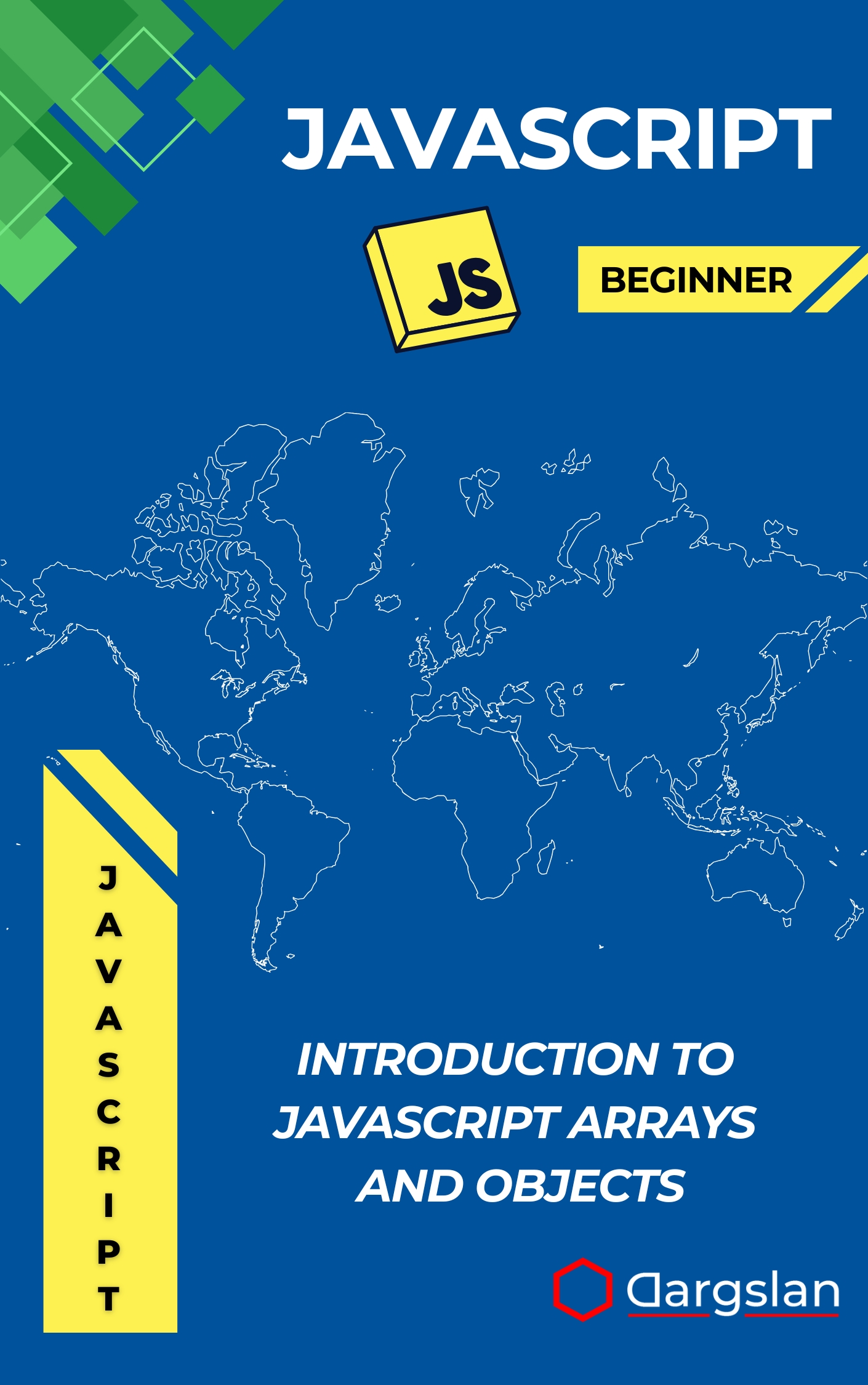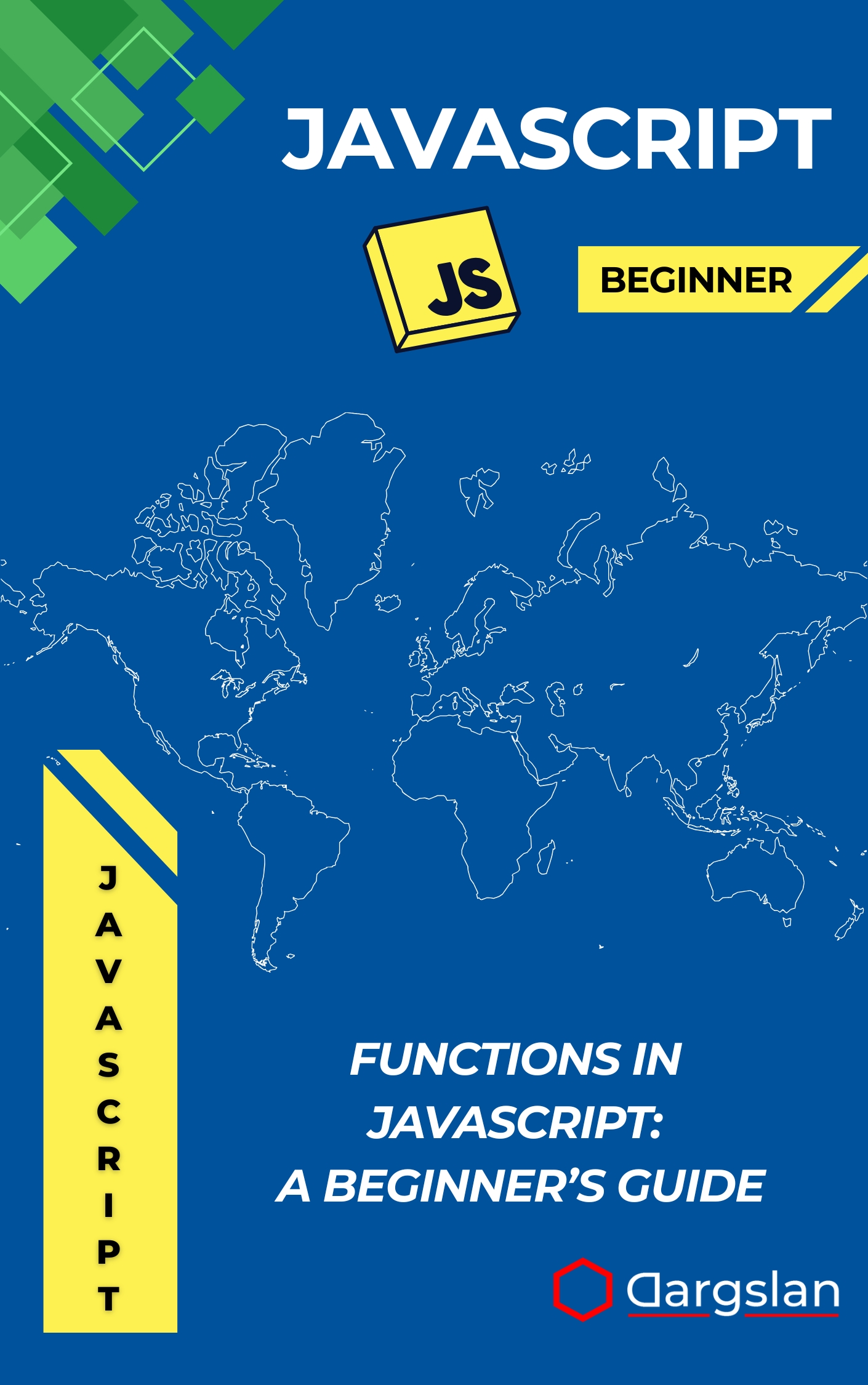Error Handling in JavaScript for Beginners
Master JavaScript Fundamentals Through Practical Project-Based Learning,Learn JavaScript by building real-world projects to strengthen coding skills.

JavaScript errors don’t have to derail your projects or drain your time. With the right mindset and techniques, they can become a roadmap to cleaner architecture, clearer logic, and faster debugging.
This engaging guide helps you turn cryptic error messages, silent failures, and runtime surprises into actionable insights you can apply immediately in real-world applications.
A Practical Guide to Writing Safer, More Reliable JavaScript Code
Overview
Error Handling in JavaScript for Beginners is the definitive companion for developers who want to ship stable, predictable web apps. As A Practical Guide to Writing Safer, More Reliable JavaScript Code, it dives deep into JavaScript fundamentals and modern patterns, teaching you exactly how to respond when things go wrong—and how to prevent problems in the first place. You’ll explore JavaScript error types, try/catch/finally statements, custom error creation, async/await error handling, and Promise error management, with clear explanations and hands-on guidance.
Beyond syntax, this programming guide emphasizes practical skills: debugging techniques, stack trace interpretation, global error handling, custom error classes, API error handling, JSON parsing errors, defensive programming, and production error strategies. Written as a focused IT book and technical book for everyday developers, it blends step-by-step instruction with real scenarios like failed fetch requests, user input validation, and resilient data workflows—so you can build JavaScript that behaves reliably under pressure.
Who This Book Is For
- New JavaScript developers who want confidence and clarity, with a fast, approachable path to handling exceptions and preventing app crashes.
- Self-taught coders transitioning to professional work who need a solid framework for async/await error handling and Promise error management across client and server code.
- Working engineers aiming to harden production apps, reduce on-call stress, and implement global error handling, logging, and recovery strategies at scale.
Key Lessons and Takeaways
- Master core error primitives and patterns—identify JavaScript error types, use try/catch/finally effectively, and decide when to throw, wrap, or rethrow to preserve context.
- Build resilience into async workflows—structure async/await error handling, tame Promise chains, and add timeouts, retries, and fallbacks to protect critical user paths.
- Diagnose faster and fix smarter—apply targeted debugging techniques, perform stack trace interpretation, and design custom error classes that make issues self-explanatory.
Why You’ll Love This Book
This guide is refreshingly practical: every chapter shows how to apply concepts to situations you actually face—like parsing unpredictable JSON, validating forms, or safeguarding an API-heavy dashboard. The explanations are crisp, the examples are modern, and the guidance is grounded in how production JavaScript behaves.
You’ll find step-by-step walkthroughs, thoughtful best practices, and a strong emphasis on defensive programming. By the end, you’ll have a repeatable approach to catching issues early, communicating failures clearly, and recovering gracefully—without adding unnecessary complexity.
How to Get the Most Out of It
- Read sequentially for compounding wins: start with error fundamentals and try/catch/finally statements, then layer in async/await error handling, Promise error management, and finally custom error classes and global error handling.
- Apply techniques immediately to your current project: instrument API error handling, add consistent error messages, and practice stack trace interpretation while debugging real issues. Treat each technique as a quality upgrade to your codebase.
- Build small, focused exercises: create a resilient fetch helper with retries and exponential backoff; implement a schema-based form validator with custom error creation; add a centralized error boundary and logger that captures JSON parsing errors and unexpected failures.
Get Your Copy
Turn frustrating bugs into a competitive advantage. Learn to prevent failures, recover gracefully, and ship code you can trust—on any deadline and in any environment.




